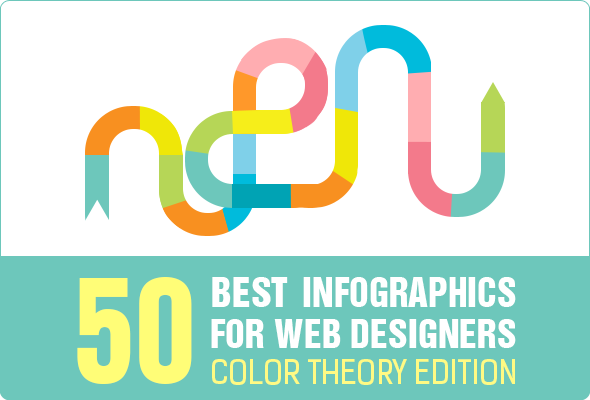The Advancement Of Web Design: After That And Currently
The Advancement Of Web Design: After That And Currently
Blog Article
read this -Johnsen Trolle
In the past, sites were easy and focused on details. Navigating was straight, and layout was for desktop computers. Currently, individual experience is key. Data overviews designs for simple navigating. Responsive designs match different tools. Today, dark mode reduces strain, and minimal menus boost navigating. Interactive functions involve customers, and vibrant visuals stand out. AI combination enhances involvement. See exactly how style has developed to enhance your on the internet journey.
Early Days of Website Design
In the early days of website design, simplicity reigned supreme. Web sites were basic, with limited colors, typefaces, and formats. The focus got on offering info instead of fancy visuals. Customers accessed the web via slow dial-up connections, so speed and performance were essential.
Navigation food selections were straightforward, commonly situated at the top or side of the web page. Web sites were designed for home computer, as mobile browsing wasn't yet prevalent. Material was king, and designers prioritized simple readability over complex style elements.
HTML was the key coding language made use of, and designers had to function within its restrictions. Animations and interactive attributes were minimal contrasted to today's standards. Sites were static, with little dynamic content or individualized customer experiences.
Increase of User-Focused Layout
With the evolution of internet site style, a change towards user-focused style principles has actually become progressively noticeable. Today, developing sites that focus on customer experience is essential for involving site visitors and achieving company objectives. User-focused design includes recognizing the requirements, choices, and behaviors of your target audience to customize the website's layout, web content, and includes accordingly.
Developers currently perform complete study, such as individual studies and usability screening, to gather understandings and comments directly from users. This data-driven technique aids in developing user-friendly navigation, clear calls-to-action, and visually appealing user interfaces that reverberate with visitors. By positioning the individual at the center of the layout process, websites can deliver an extra personalized and satisfying experience.
Responsive design has actually additionally emerged as a key element of user-focused design, guaranteeing that websites are maximized for numerous tools and screen sizes. This versatility enhances access and usability, dealing with the diverse ways individuals communicate with internet sites today. Fundamentally, the rise of user-focused design indicates a shift towards producing electronic experiences that prioritize the requirements and expectations of completion individual.
Modern Trends in Website Design
Explore the most up to date fads shaping web design today. One noticeable fad is dark mode layout, using a sleek and modern look while decreasing eye pressure in low-light environments. Another essential pattern is minimal navigating, streamlining menus and improving user experience by focusing on essential elements. Integrating micro-interactions, such as animated switches or scrolling effects, can produce a much more engaging and interactive internet site. Responsive layout remains crucial, making sure smooth customer experiences across numerous devices. In addition, using vibrant typography and unbalanced designs can include visual passion and accentuate certain material.
Integrating AI technology, like chatbots for consumer support or tailored suggestions, enhances user engagement and streamlines processes. Ease of access has likewise come to be a substantial trend, with designers prioritizing comprehensive design methods to accommodate diverse individual demands. Welcoming sustainability by maximizing website performance for speed and performance is one more emerging trend in website design. Working together with individual feedback and information analytics to repeat and boost style continually is necessary for remaining pertinent in the ever-evolving digital landscape. By embracing these contemporary trends, you can produce a visually enticing, straightforward internet site that resonates with your target market.
Verdict
As you assess the advancement of internet site design from the early days to currently, you can see how user-focused design has actually ended up being the driving pressure behind modern-day patterns.
Welcome the journey of change and adaptation in web design, constantly keeping the user experience at the leading edge.
Stay current with the current trends and technologies, and never quit developing your strategy to create visually magnificent and straightforward websites.
Progress, adapt, and create - the future of website design remains in your hands.
